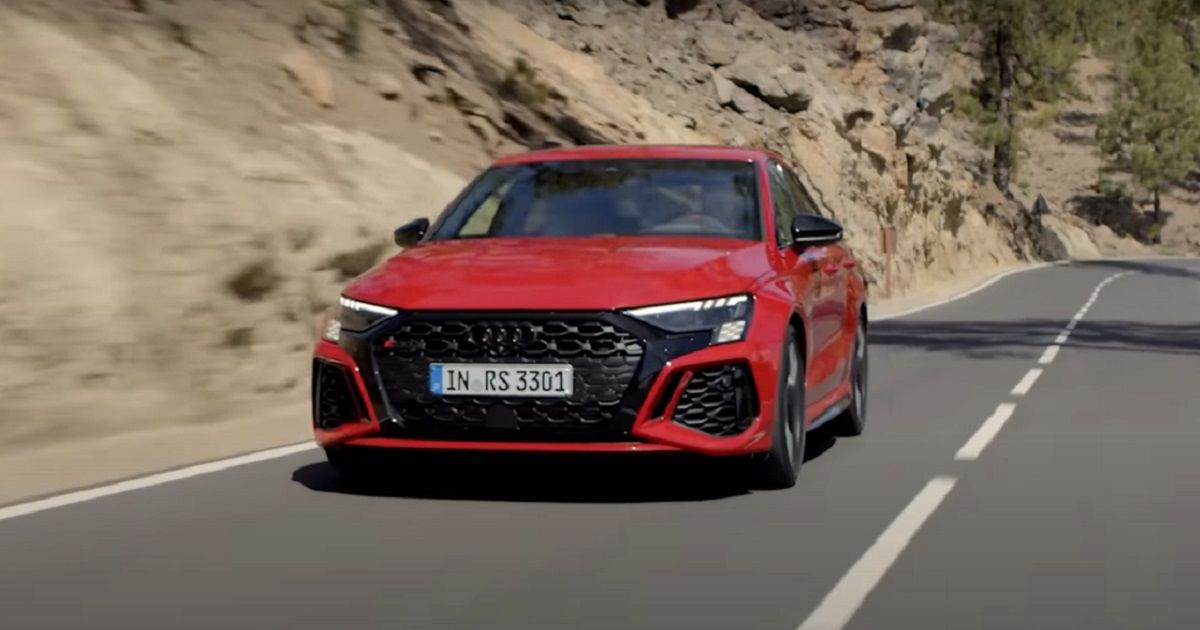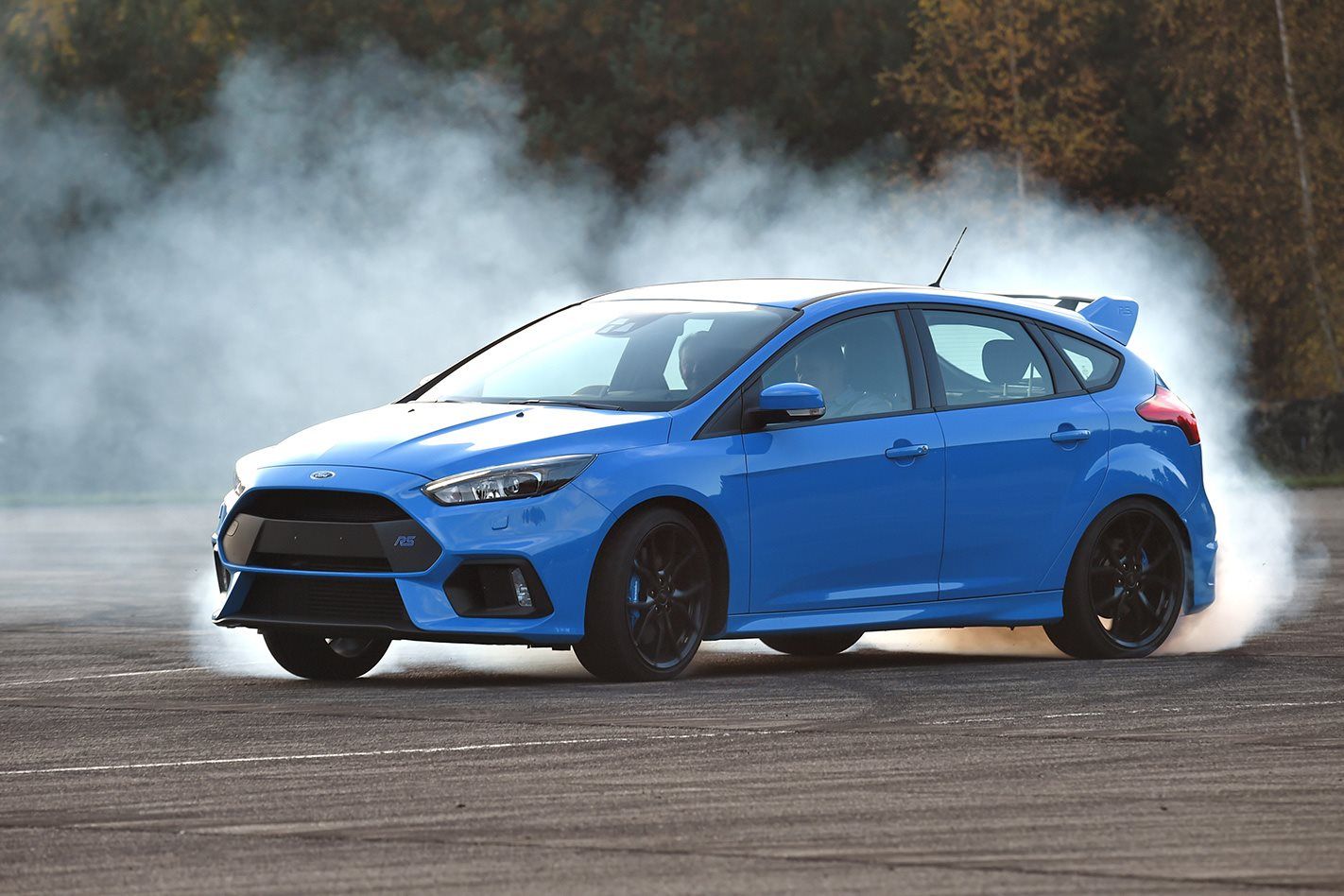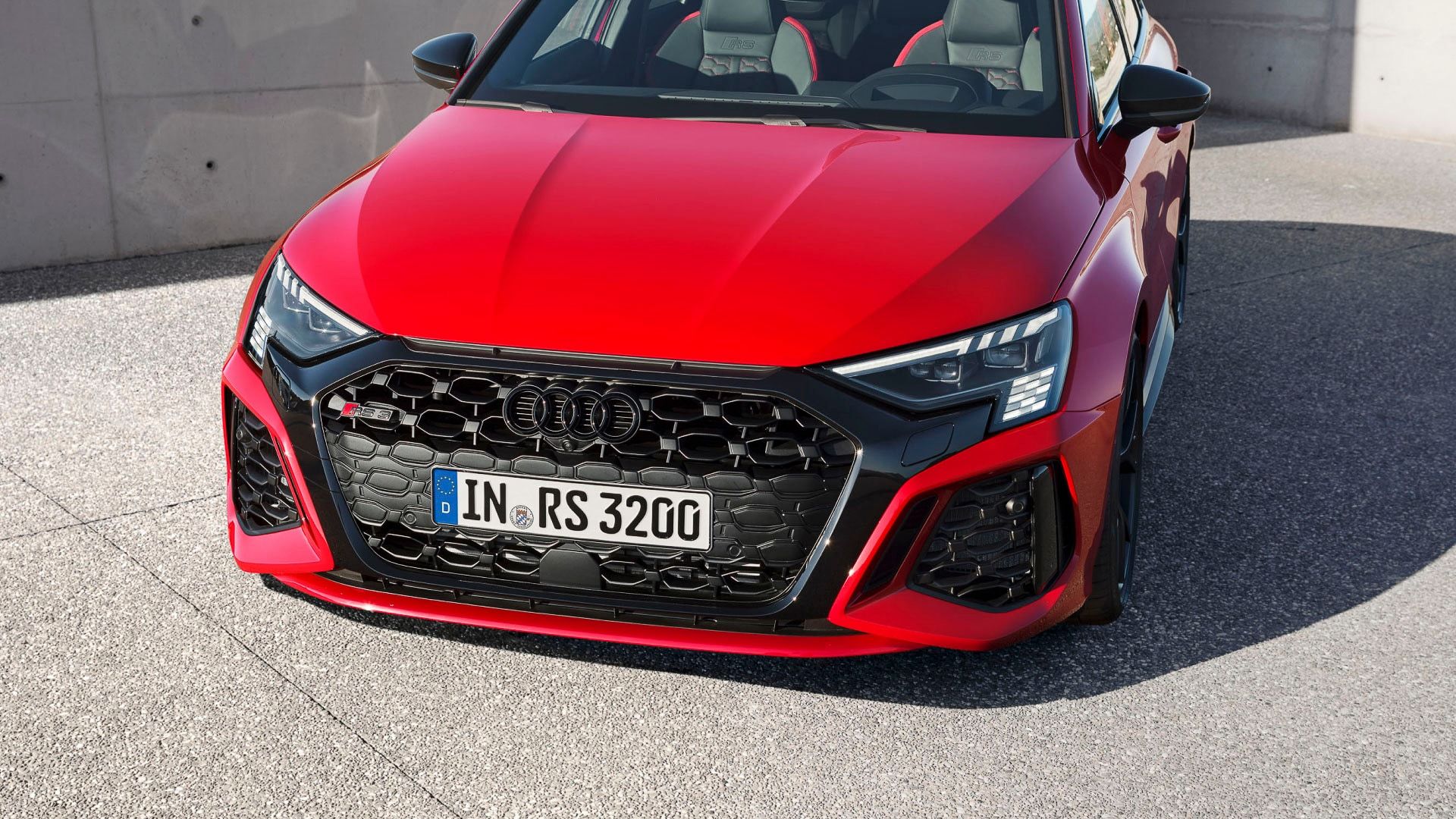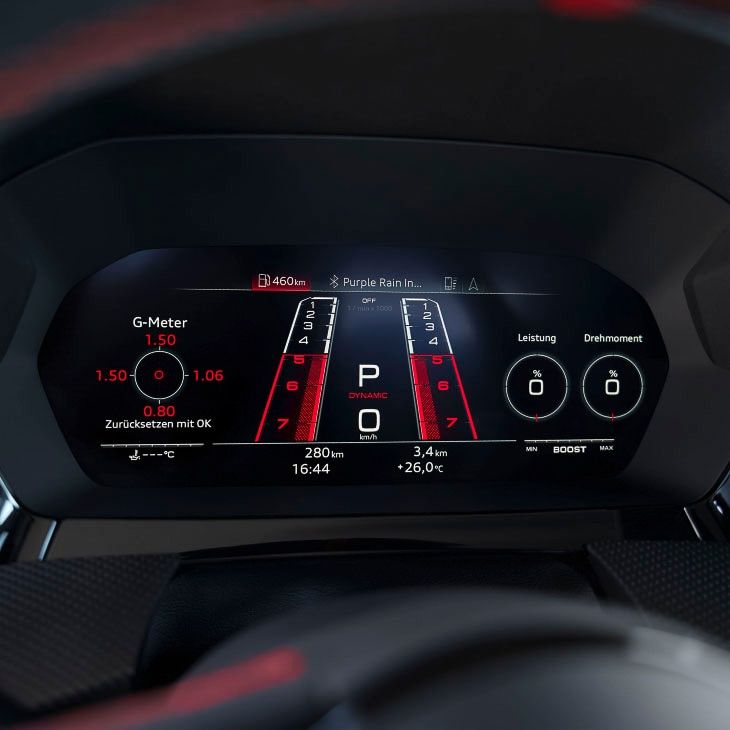The four rings of Audi are almost synonymous with their four-wheel-drive system Quattro. A pioneer in all-wheel-drive through its rally car, the Audi Quattro, a monster from the group B era. The first iteration ran rings around the competition on the world stage.
Slowly but surely, rally cars shifted to four-wheel-drive systems to keep up before the Quattro was banished along with the other group B cars, and so hatchbacks came to dominate rally internationally. This wasn't Quattro's last hurrah, featuring on their second and third halo cars the TT and the R8, respectively. The system is one of the most respected on the roads, but it has its drawbacks.
The Quattro, TT, and RS cars are criticized for their lack of playfulness when compared to their rear-wheel-drive peers, making them often less appealing choices despite their safety on the roads in wet conditions.
What Is A Drift Mode?
Simply put, a drift mode is a way an all-wheel-drive car can compensate for its stability by sending more power to the rear wheels. This has become commonplace on many all-wheel-drive cars, a prime example being the current BMW M5, whose predecessor was a powerful rear-driven machine.
To successfully follow this up, BMW created a drift mode. Infamously, the first incarnation of this driving mode was on the 2016 Ford Focus RS. The top of the line Focus model came with yob-like looks, sporting wide arches, aggressive bumpers, and an obnoxious spoiler. Commonly coming in an eye-catching shade of blue, it became a target for tabloid papers.
Ford met their criticisms; it was said to be irresponsible to encourage drifting on public roads by designating a driving mode for it. Indeed, the Focus RS' system was incredibly easy to use. In this mode, a driver simply had to turn in, and the rear would come around. This marvel was often turned into somewhat clickbait videos with people's parents drifting the car to prove how easy it was with the computer trick going on behind the scenes.
The Focus RS was discontinued because of new environmental regulations, and the company began to focus, excuse the pun, on new hybrid technologies that will lead the way in the hot-hatch space over the years to come. With BMW's M135i also going the way of the dodo, there is a vacuum to be filled with a recklessly powerful hot hatch that can drive sideways.
Audi's Turn
The manufacturer has recently been moving away from their Quattro system, releasing a rear-driven version of the R8 alongside its stablemate Huracan LP580-2. Now with the brand's latest RS, the new RS3, they have introduced a Drift mode.
The 2021 RS3 arrives at just over £50,000 (around $68,400), with refreshed styling and a plethora of new technology. The headline feature, Drift Mode, is called RS Toque Rear. Using what Audi refers to as a Torque Splitter, the car can not only send 100% of its power to each axle but independently to each wheel, meaning front or back. In theory, this means that the newest RS3 can be as tail-happy as a similarly powered rear-wheel-drive car.
The RS3 has often been forgotten in the hot hatch space because of its lack of personality but also its price tag, which is the largest within its segment. Often, the Mercedes A45 AMG takes away from the hot Audi's sales.
If this new feature boosts sales of the hatchback, which also comes as a small sedan, this functionality will likely find its way on to other Audi models, ushering in a more fun-loving Audi as opposed to the stoic manufacturer of old.
The Latest RS3
The third generation of Audi's RS3 keeps the famed 2.5-liter five-cylinder engine, although, with new regulations, it is doubtful that the same bombastic soundtrack as the previous car will remain. With 395 HP, the car will reach sixty in 3.8 seconds, a more than respectable time.
The exterior is distinctly Audi, but a revised front grille and light cluster makes a clear distinction between a regular A3 and the incoming RS model. Regular is a term that has to be taken with a pinch of salt; the A3 is one of the best hatchbacks around. The rear is similar to older hotter Audi models; the sedan comes with a small ducktail spoiler, and the hatchback has a similar design at the top of the boot, albeit a little larger.
Interestingly, the RS oval tailpipes are now closer in on the car's body, but rest assured they are still as large as usual. From press materials, the middle of the range Audi appears to have the usual Audi technology.
This ride is evolutionary in its implementation rather than revolutionary. There's some sporting accents across the vents, steering wheel and seats, complimenting the owner's exterior paintwork. A minor revision to the Virtual Cockpit has come, with what's called a runway rev counter, but other than these features, Audi continues where their previous interiors have left off.




